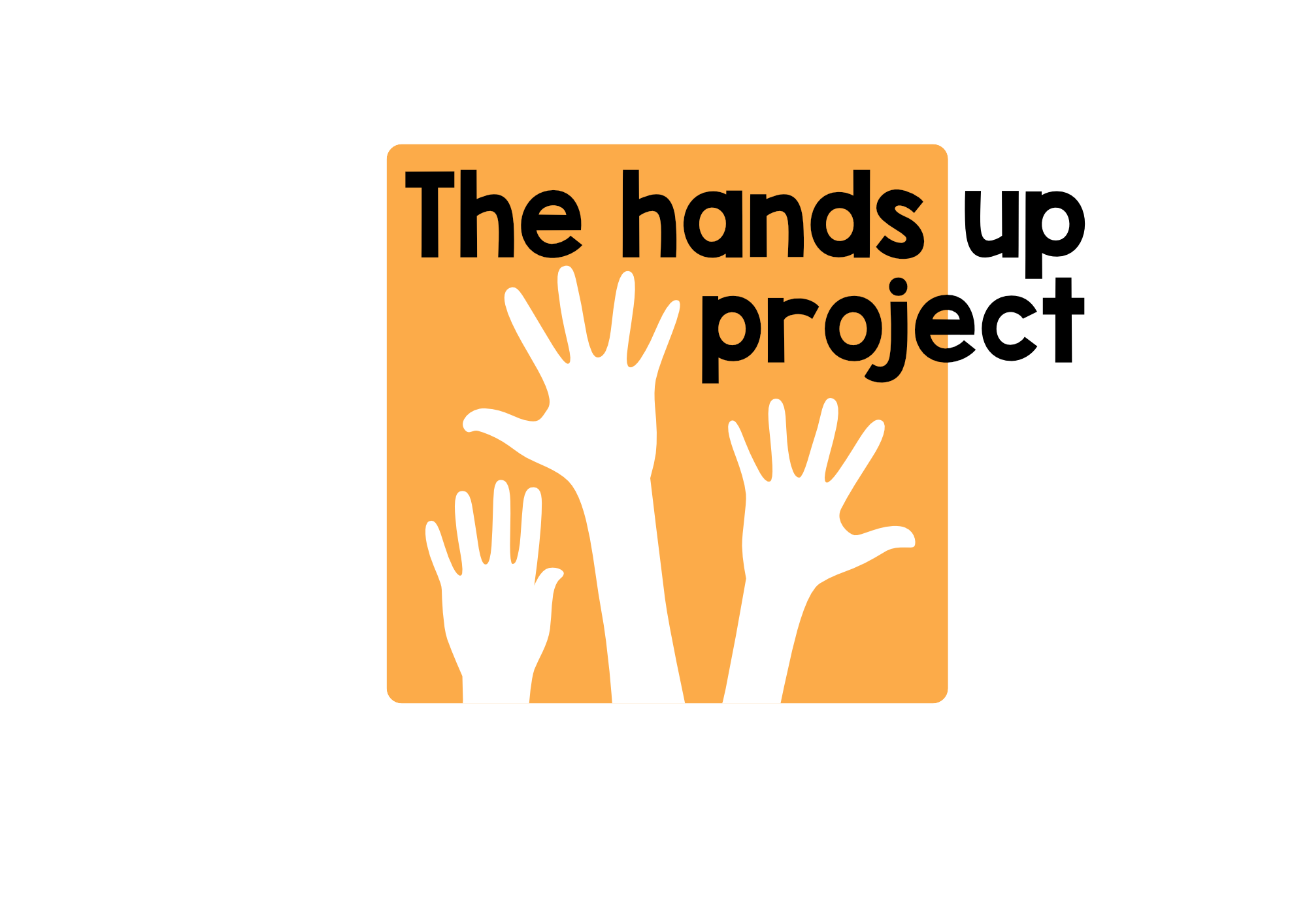The translation game
The other day I found myself suddenly having to cover an online session in Gaza because I'd forgotten that one of our volunteers wasn't able to make it. I didn't have any specific plans so I began by asking the boys what they would like to do in the session. Several of them said they'd like to hear me talking Arabic, so we came up with this simple and highly enjoyable idea for a game.The boys took it in turns to come up to the webcam and interact with me. I tried to say something in Arabic and they tried to translate it into English. Then we did it the other way round - with them saying something in English which I had to translate into Arabic.There are four things I particularly liked about this activity...
It seemed to be a great way to combine some inner with outer language use (Willis 1992) - (See one of my early blog posts for more details about Jane Willis's way to categorise classroom discourse). In fact it seems that for the learners, the inner language - the sentences that got translated - were actually quite a minor part in comparison with all the outer language that happened around discussing the translations.
The activity plays around with traditional status patterns in the classroom by turning the students into teachers and the teacher into a student. I think this is good for us all.
It was a completely spontaneous activity. We thought of it on the spot but also the sentences that we asked each other to translate came up spontaneously; sometimes out of the things that we'd been saying to each other. Khalid's idea to ask me to translate 'I don't have any grey hair' when we had just been talking about this was brilliant, as was the way he gently teased me by saying 'You will win fil mish mish' :-)
Because of 1 and 2 and 3 it was a lot of fun.
Willis, J. (1992) Inner and Outer: spoken discourse in the language classroom in Coulthard, M. Advances in Spoken discourse analysis; Routledge p 162 -183
